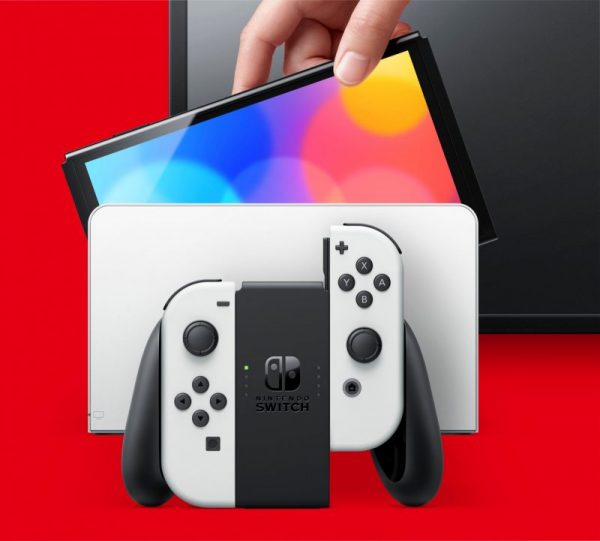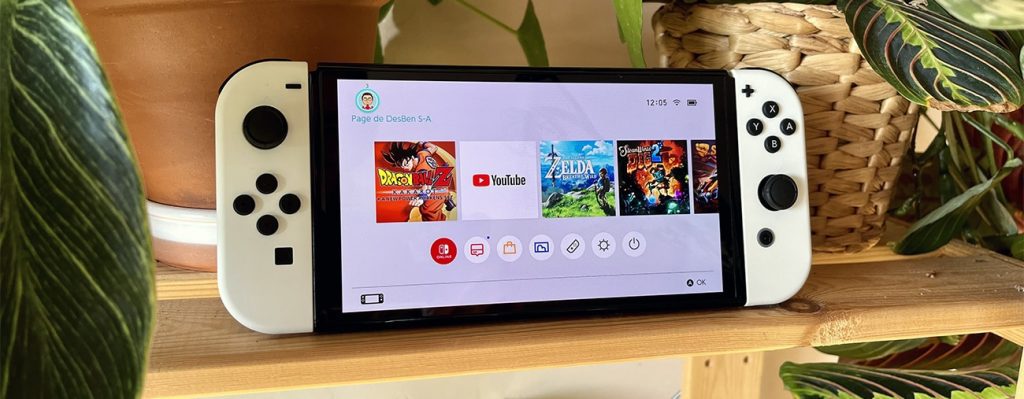
Nintendo Switch OLED – A Game Changer in Portable Gaming
The Nintendo Switch OLED is a game-changer. It isn’t just the latest offering from Nintendo, but a testament to the relentless pursuit of innovation. We’ve come a long way since the clunky gaming consoles of the 90s. Today, gaming is all about immersion, versatility, and, most importantly, portability. The Nintendo Switch OLED ticks all those boxes, giving us a reason to rethink what portable gaming can be.
The Switch OLED is the successor to the Nintendo Switch, a revolutionary console that blurred the lines between home and handheld gaming. The Switch took the gaming world by storm with its unique hybrid design, and the new Switch OLED promises to push the boundaries even further. The excitement surrounding the Nintendo Switch OLED is not just about nostalgia, but about the future of gaming.
The OLED Difference – Unpacking the Upgrades
The most significant upgrade is right there in the name: OLED. Short for Organic Light Emitting Diodes, OLED technology offers a far richer visual experience than traditional LCD screens. Colours are brighter, contrasts are sharper, and blacks are deeper, resulting in a more immersive and visually striking gaming experience.
The Nintendo Switch OLED also sports a larger 7-inch screen, compared to the original 6.2-inch. Despite the increased screen size, the console’s overall dimensions remain virtually unchanged, maintaining its portable appeal.
Moreover, audio improvements are equally impressive. The new model features enhanced audio for handheld and tabletop play, bringing games to life in a way that’s as immersive sonically as it is visually.
Design and Performance – The Best of Both Worlds
One of the major selling points of the Switch has always been its hybrid design, allowing gamers to play in handheld, tabletop, or TV mode. This flexibility is retained in the OLED model, but with several refinements.
The adjustable stand for tabletop mode is now significantly wider and more robust, providing better stability. This small yet critical design tweak enhances the console’s usability and overall gaming experience, especially for multiplayer games.
Performance-wise, the Nintendo Switch OLED offers the same processing power as its predecessor. While some fans were hoping for more significant hardware upgrades, the enhanced visual and audio experience provided by the OLED screen and improved speakers might make up for it.

Battery Life, Storage, and Connectivity – Keeping up with Modern Needs
In terms of battery life, the Switch OLED mirrors its predecessor, offering between 4.5 to 9 hours of playtime depending on the game, screen brightness, and network features in use.
One major improvement is the internal storage. The Switch OLED comes with 64GB of storage, double the capacity of the original model. This is a significant upgrade, particularly for gamers who prefer downloading their games instead of buying physical cartridges.
Lastly, the console includes a wired LAN port in its dock – a feature not present in the original Switch. This allows for more stable online connections during those intense gaming sessions.
Is the Nintendo Switch OLED Worth It?
The Nintendo Switch OLED is more of an evolution than a revolution, building upon an already successful formula rather than reinventing it. The upgrades, while not game-changing, do significantly enhance the overall gaming experience, especially in handheld mode.
For existing Switch owners, whether the OLED model is worth the upgrade will depend on how much they value the improved display and audio, additional storage, and better tabletop mode.
For newcomers to the Switch ecosystem, the OLED model presents the best that Nintendo has to offer in a portable console. Its blend of performance, versatility, and updated features make it a worthy contender in the gaming arena, further solidifying Nintendo’s place as a gaming pioneer.



